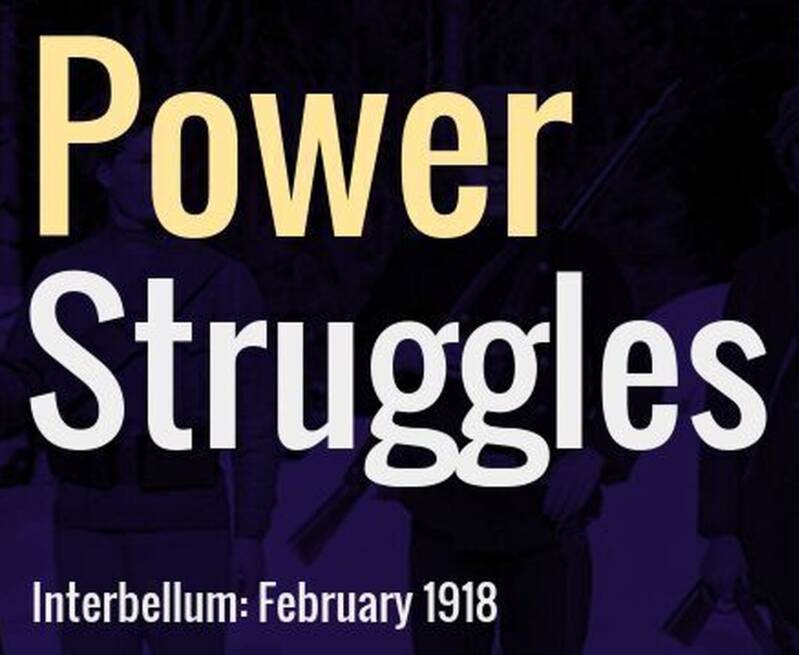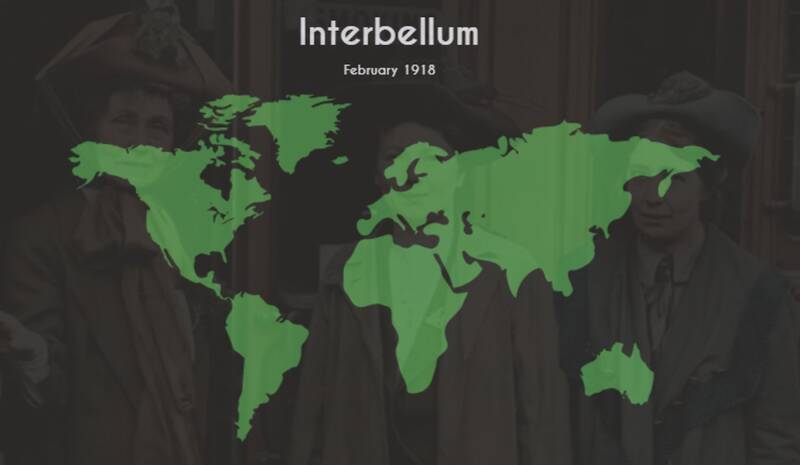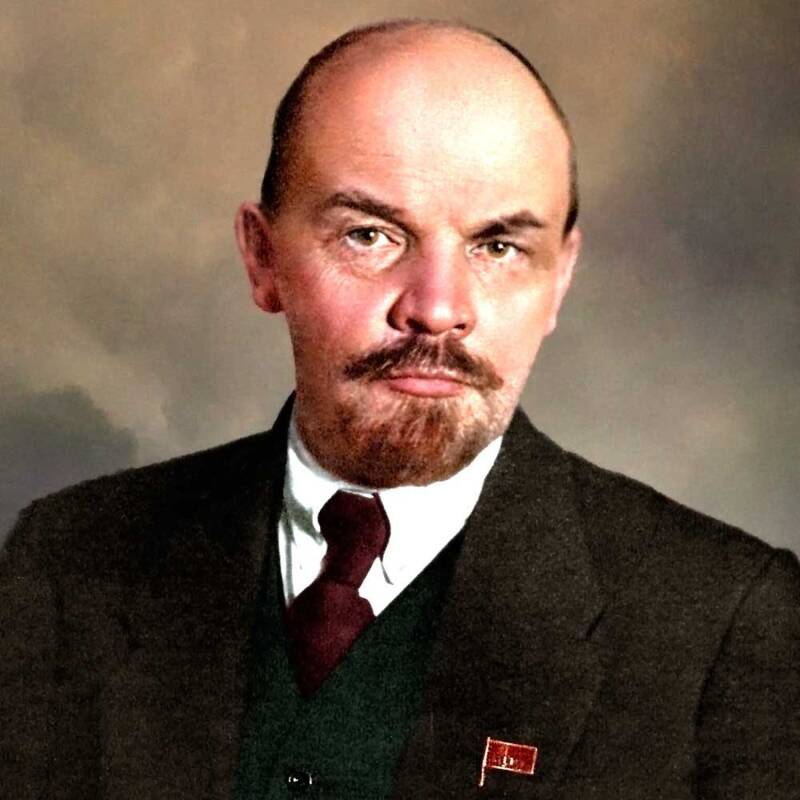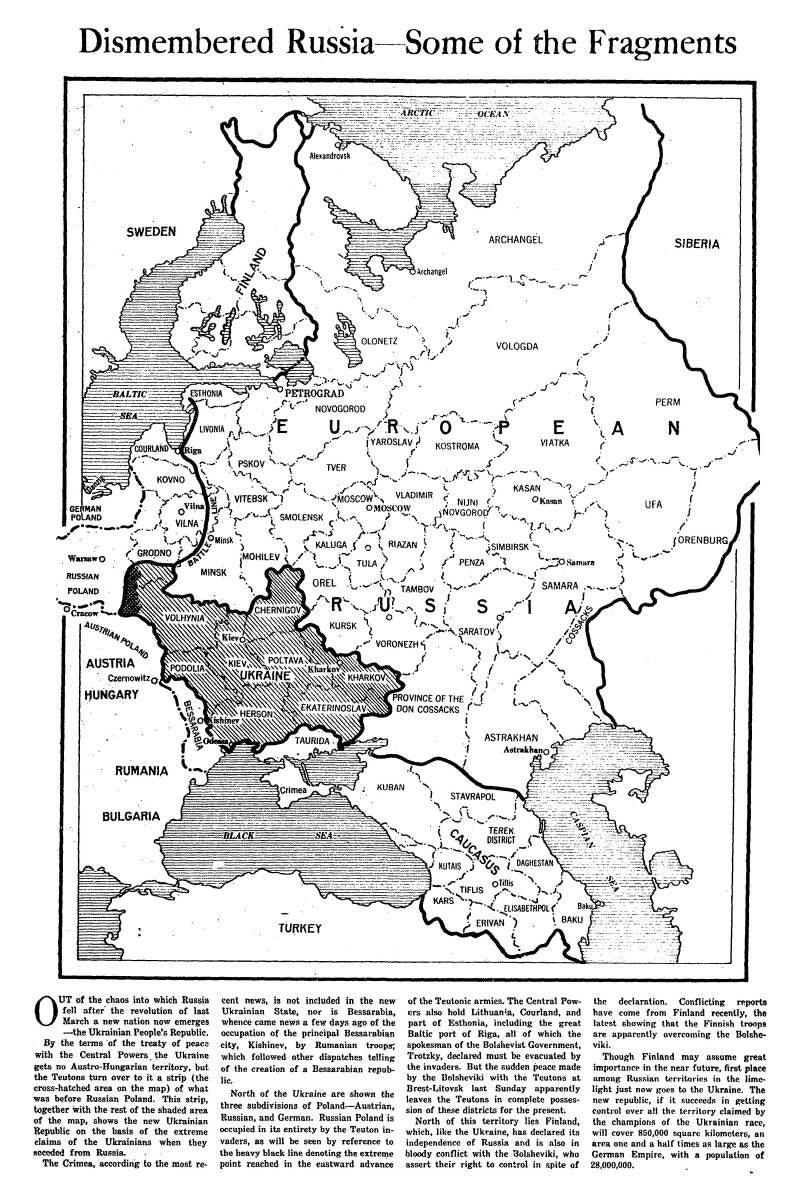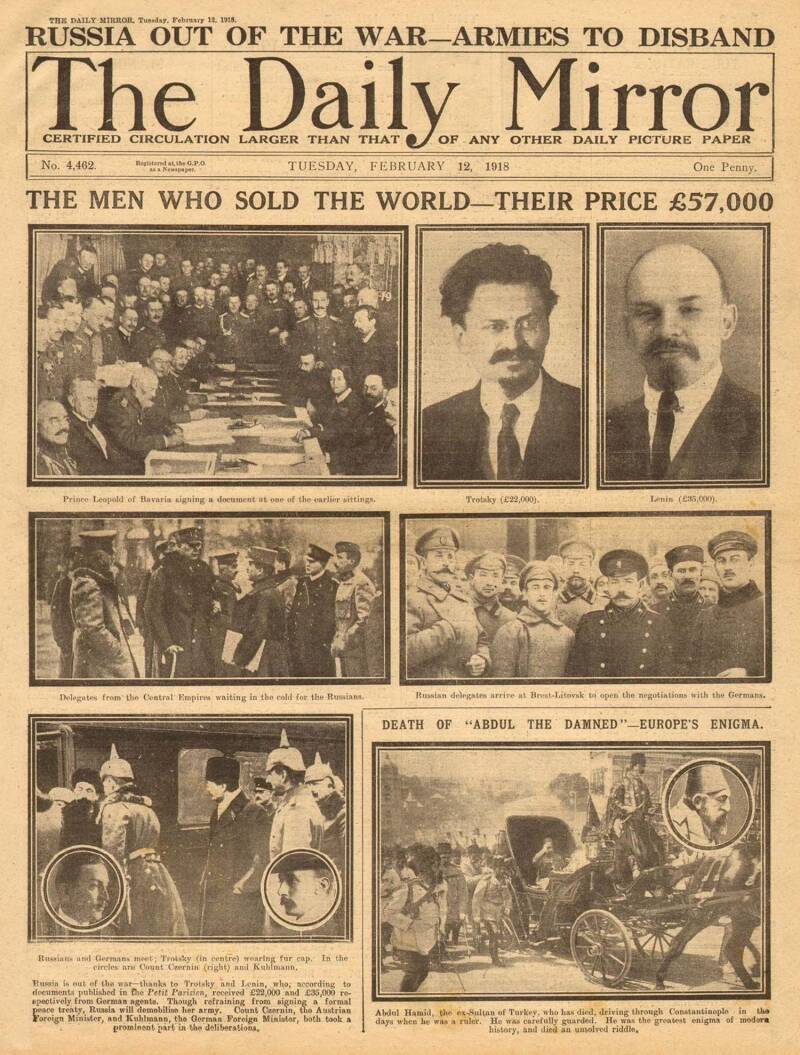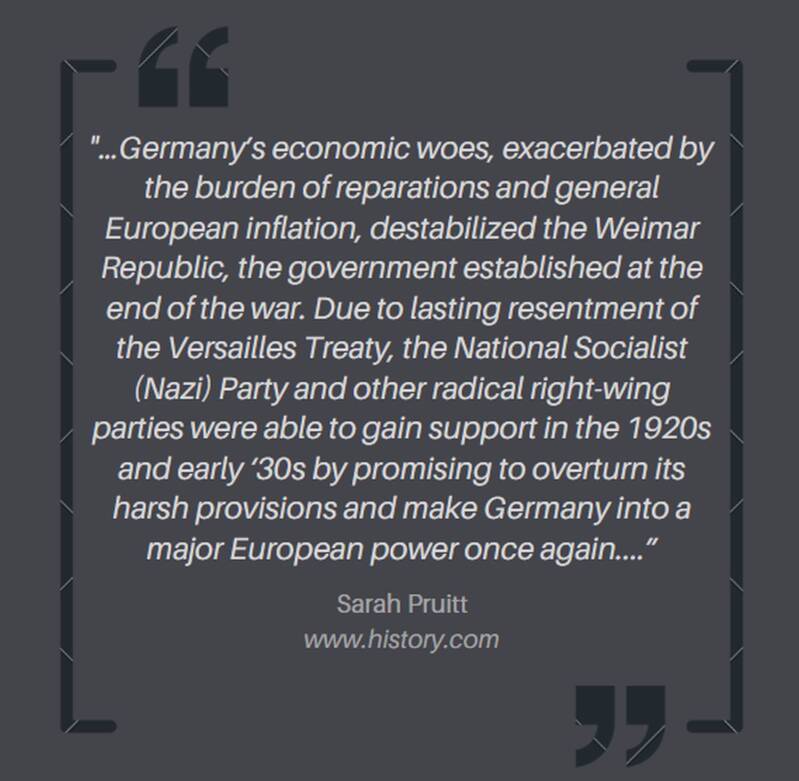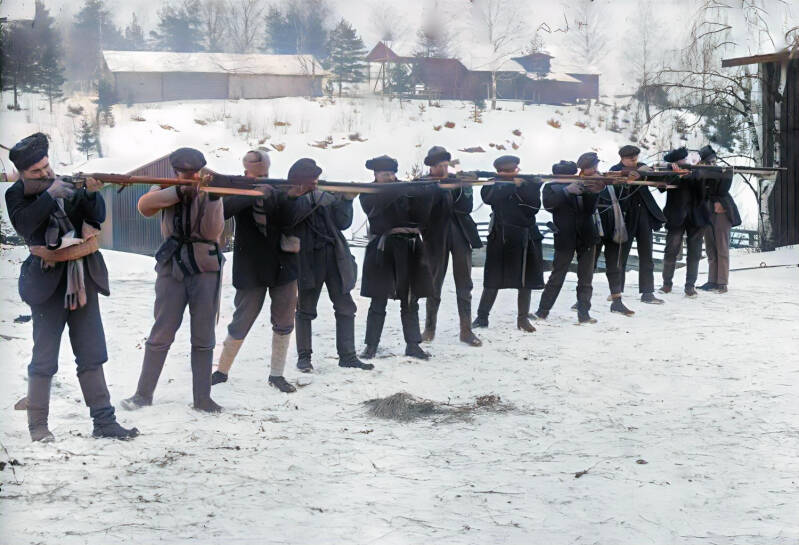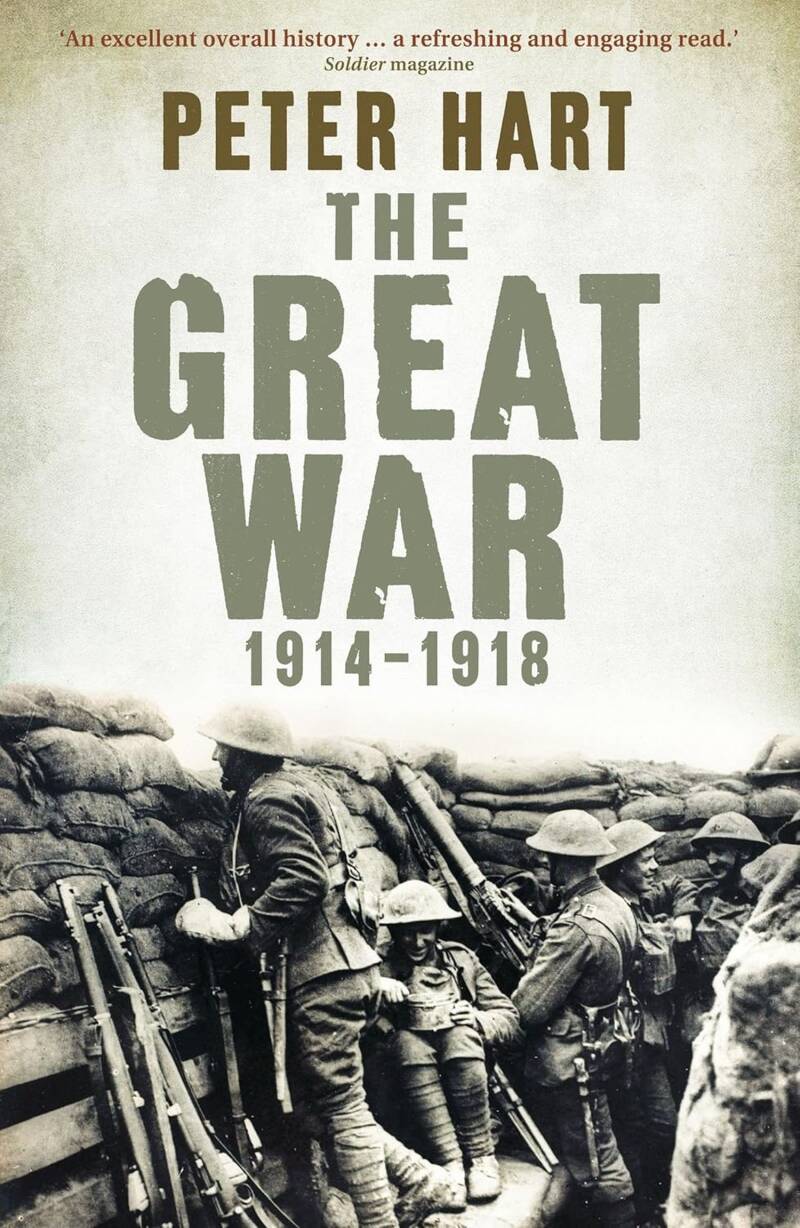A Month of Ferocious Battles and Shifting Powers
Key Conflicts that Reshaped Nations and Set the Stage for Future Global Turmoil
In February 1918, the world was engulfed in multiple significant conflicts that shaped the course of history, particularly in Europe. Amidst the backdrop of the ongoing First World War, the Russian Civil War, the Finnish Civil War, and the Ukrainian War of Independence, February marked a period of intense military and political activity.
The First World War saw the major powers preparing for the German Spring Offensive, known as the Kaiserschlacht, planned for March. On the Western Front, both the Allies and Central Powers continued to endure the harsh conditions of trench warfare, with skirmishes and minor offensives taking place.
The strategic focus for the Germans was to break through the Allied lines before American forces could fully arrive and tip the balance. Consequently, both sides were engaged in fortifying their positions and planning for the upcoming large-scale battles.
The Illustrated London News, Saturday February 16, 1918 - Winter Palace of the Tsars Sacked by Bolsheviks at Petrograd
In February 1918, the First World War still raged on. Here, Black Watch soldiers can be seen reading mail outside a postal dugout, 12th February 1918, near Morchies, France.
...was marked by severe internal strife...
The Russian Civil War intensified as the Bolsheviks, under Lenin and Trotsky, consolidated their power in the aftermath of the October Revolution.
The Red Army, newly organized and led by Trotsky, began asserting control over key regions.
In February 1918, the Treaty of Brest-Litovsk negotiations were ongoing, which aimed to secure peace between Soviet Russia and the Central Powers.
This period was marked by severe internal strife, with the anti-Bolshevik White Army gaining support from various factions opposed to Bolshevik rule.
The conflict spread across Russia, involving widespread violence, shifting alliances, and severe hardships for the civilian population.
The Finnish Civil War continued to escalate, having started in January.
The Red Guards, supported by the Bolsheviks, sought to establish a socialist government, while the White Guards, led by General Carl Gustaf Emil Mannerheim and backed by Imperial Germany, aimed to create an independent Finland free from socialist control.
February saw fierce battles, especially in southern Finland, with both sides experiencing significant casualties.
The conflict was characterized by brutal urban warfare and strategic maneuvering, leading to deep societal divisions that would have lasting effects on Finland.
Leon Trotsky: In February 1918, Trotsky, Soviet Commissar for Foreign Affairs, also became Commissar of War, where he began organizing and leading the Red Army, crucially shaping its structure and strategy during the Russian Civil War and defending the Bolshevik regime.
Vladimir Lenin: In February 1918, Lenin, leader of the Bolsheviks, prioritized consolidating power in Soviet Russia and advocated for the Treaty of Brest-Litovsk to end Russia's involvement in World War I, despite internal opposition, to focus on building the socialist state.
Finnish Red army soldiers. The Finnish Civil War, fought from January to May 1918, pitted the socialist Reds against the anti-socialist Whites. The Whites, supported by Germany, ultimately won, leading to significant political repression and solidifying Finland's independence from Russia.
https://blog.vantagepointnorth.net/2018/01/echoes-from-1918-from-finnish-civil-war.html
...in a precarious position...
A February 1918 article from The New York Times shows a map of the Russian Imperial territories claimed by the Ukrainian People's Republic at the time, before the annexation of the Austro-Hungarian lands of the West Ukrainian People's Republic.
The Ukrainian War of Independence also saw critical developments. The newly proclaimed Ukrainian People's Republic struggled to maintain its sovereignty against Bolshevik forces.
In February, Bolshevik troops advanced into Ukrainian territory, leading to intense fighting.
The Ukrainian government, seeking international recognition and support, was in a precarious position as it fought to defend its newly declared independence amidst the broader chaos of the Russian Civil War.
In summary, February 1918 was a month of profound conflict and transformation, with each of these wars contributing to the reshaping of national borders and political systems.
The outcomes of these battles and political manoeuvres would significantly influence the geopolitical landscape of post-war Europe.
The Daily Mirror newspaper, 12th February 1918: Reporting on Russia's forthcoming exit from the First World War (with a disparaging tone adopted towards Lenin and Trotsky) and delegates arriving for the signing of the Treaty of Brest-Litovsk which would ultimately be signed in March 1918 and mark the official withdrawal of the Russians from the conflict.
https://cdn.britannica.com/57/197657-050-64B2A368/page-signing-Russia-The-Daily-Mirror-Treaty.jpg
Women's suffrage in the United Kingdom: Representation of the People Act gives most women over 30 the vote, 6th February 1918
February 6th stands as a historic day in the annals of the United Kingdom's political history, heralding the passage of the Representation of the People Act.
Enacted in 1918, this pivotal legislation granted a momentous stride towards women's suffrage by extending voting rights to most women over the age of 30.
It symbolized the culmination of years of tireless activism and advocacy by the women's suffrage movement, which had fervently campaigned for equal political representation and rights.
Leaders like Emmeline Pankhurst and the members of the Women's Social and Political Union had faced imprisonment and endured immense hardships to champion this cause.
While the Act fell short of universal suffrage, excluding younger women and those without property qualifications, its enactment represented a monumental victory for gender equality and democracy.
By recognizing the political agency of women, the Act paved the way for greater inclusion and participation in the democratic process, empowering women to contribute significantly to the governance and decision-making of their nation.
Women's Social and Political Union
poster by Hilda Dallas, 1909. Established in 1903, the Women's Social and Political Union (WSPU) emerged as a prominent women-only political movement in the United Kingdom, advocating for women's suffrage. Renamed the suffragettes in 1906, it became a leading militant organization dedicated to achieving voting rights for women.
Emmeline Pankhurst and her daughters Christabel and Sylvia, at Waterloo Station on the 4th October 1911. Emmeline was setting off for a lecture tour of the US and Canada. Pankhurst, a leading suffragette, played a crucial role in advocating for women's voting rights, culminating in the Representation of the People Act 1918, which granted suffrage to most women over 30 in the United Kingdom.
Tom Marshall/mediadrumworld.com
...greater gender equality...
This landmark achievement not only transformed the political landscape of the United Kingdom but also served as an inspiration and catalyst for similar movements advocating for women's rights worldwide, influencing subsequent reforms and societal shifts towards greater gender equality.
Three suffragettes pose for a photograph in London. In 1903, Emmeline Pankhurst set up the Women's Social and Political Union (WSPU) for a more militant approach to gaining the vote. The suffragettes employed tactics such as hunger strikes, arson, window-smashing, and protests to draw attention to their cause. These bold actions were aimed at forcing the government to grant women the right to vote.
Act of Independence of Lithuania, 16th February 1918
The Act of Independence of Lithuania, also known as the Act of February 16th, was signed by the Council of Lithuania on 16th February 1918.
This historic document proclaimed the restoration of an independent Lithuanian state, governed by democratic principles, with Vilnius as its capital. Chaired by Jonas Basanavičius, all twenty representatives of the Council signed the Act.
This proclamation was the culmination of a series of resolutions, including one from the Vilnius Conference and the Act of January 8.

The journey to the Act was complex and fraught with challenges, particularly due to pressure from the German Empire, which occupied Lithuania at the time.
The Council had to navigate carefully between German demands and the aspirations of the Lithuanian people.
Members of the Council of Lithuania in November 1917. From left to right: Standing: Kazimieras Bizauskas, Jonas Vailokaitis, Donatas Malinauskas, kun. Vladas Mironas, Mykolas Biržiška, kun. Alfonsas Petrulis, Saliamonas Banaitis, Petras Klimas, Aleksandras Stulginskis, Jokūbas Šernas, and Pranas Dovydaitis. Sitting: Jonas Vileišis, Dr. Jurgis Šaulys, kun. Justinas Staugaitis, Stanislovas Narutavičius, Dr. Jonas Basanavičius, Antanas Smetona, kan. Kazimieras Steponas Šaulys, Steponas Kairys, and Jonas Smilgevičius.
...the beginning of independent Lithuania...
Scan of the original Act of Independence of Lithuania hand-written in Lithuanian language and with twenty original signatures, which was found on 29th March 2017 by Vytautas Magnus University professor Liudas Mažylis at the Federal Foreign Office Political Archive in Berlin, Germany.
Initially, the impact of the Act was limited. The German authorities prohibited its publication, forcing the text to be distributed and printed illegally. The Council's efforts were significantly hindered, and German control over Lithuania persisted.
However, the situation changed dramatically when Germany lost the First World War in the fall of 1918. By November 1918, the first Cabinet of Lithuania was formed, and the Council gained control over the territory, marking the beginning of independent Lithuania, which would soon face the Wars of Independence.
The Act of Independence is a foundational legal document for modern Lithuania, providing the basis for its existence both during the interwar period and after 1990. It established essential constitutional principles followed by all subsequent Lithuanian constitutions.
The Act was crucial in the re-establishment of Lithuania's independence in 1990, as Lithuania broke away from the Soviet Union, asserting that the Act never lost its legal power and re-establishing the state that existed between the world wars.
Estonian Declaration of Independence, 24th February 1918
The Estonian Declaration of Independence, also known as the Manifesto to the Peoples of Estonia, established the independent democratic Republic of Estonia on the 24th February 1918. This date is now celebrated as Estonian Independence Day.
The declaration was drafted by the Salvation Committee, which was elected by the elders of the Estonian Provincial Assembly and included members Konstantin Päts, Jüri Vilms, and Konstantin Konik.
Although originally intended for proclamation on the 21st February 1918, the manifesto was publicly read in Pärnu on the evening of February 23 and then printed and distributed in the capital, Tallinn, the next day.
Map of Estonia’s capital Tallinn in 1922. On February 24, 1918, the Estonian Declaration of Independence was proclaimed in Tallinn, amidst the chaos of the First World War. This historic declaration marked Estonia's emergence as a democratic republic, later gaining international recognition after the War of Independence.
...the German Empire did not initially recognize Estonia's declaration...
Estonian Declaration of Independence.
On the 24th February 1918, amid the turmoil of the First World War, with Russian Bolshevik troops retreating and the German army advancing, the Estonian Salvation Committee declared Estonia's independence in Tallinn.
This proclamation was made in the main hall of the local branch of the former imperial Russian state bank.
The German Empire did not initially recognize Estonia's declaration. However, after Germany's defeat in November 1918, German troops withdrew from Estonia and formally handed over power to the Estonian Provisional Government on the 19th November 1918.
Following the declaration, Estonia faced the Russian Bolshevik invasion and fought the Estonian War of Independence. The conflict concluded with the signing of the Tartu Peace Treaty on February 2, 1920, between the Republic of Estonia and Bolshevik Russia.
Subsequently, Estonia gained international recognition and joined the League of Nations in 1921, solidifying its status as an independent nation.
Lottery of Huruslahti, 25th February 1918
The Lottery of Huruslahti (Finnish: Huruslahden arpajaiset) was a notorious massacre during the Finnish Civil War, in which approximately 90 Red Guard prisoners were executed by the White Guards following the Battle of Varkaus in 1918.
This event marked the first use of the Shoot on the Spot Declaration, which permitted the summary execution of Red leaders, agitators, and saboteurs caught in the act.
The surviving Red Guard prisoners reported that the White Guards assembled all captives on the ice of Huruslahti, identified leaders first, and then every fifth prisoner for execution.
The Whites, however, contended that they selected victims based on known acts of violence rather than randomly, although many of those executed were minors who had not participated in the battle.
The condemned were separated from the others and executed in groups of five.
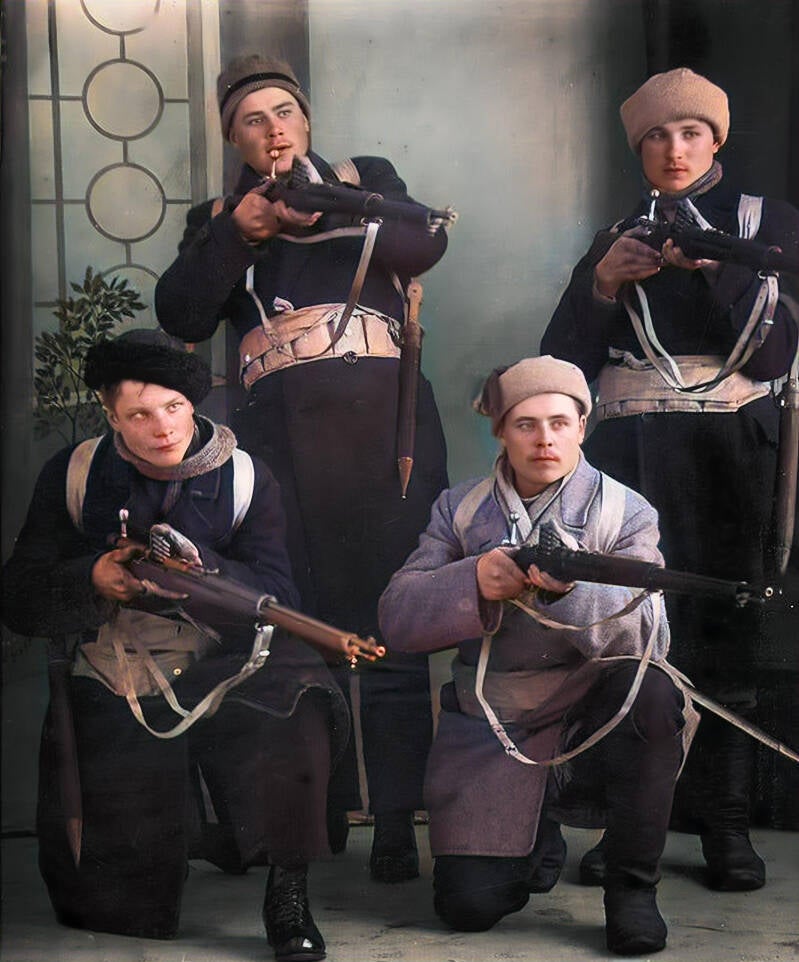
Red soldiers at Tampere in 1918. The relationship between Red and White soldiers in the Finnish Civil War was marked by intense hostility, driven by deep ideological divisions. The Whites represented conservative forces, while the Reds were socialist revolutionaries.
https://www.gunboards.com/threads/photographs-from-the-finnish-civil-war.526665/
White Guard cavalry during a parade in Helsinki, March 1919. The White Guards were motivated by a desire to eliminate perceived threats from the Red Guards, following a military order to execute Red leaders and agitators, aiming to swiftly suppress opposition and consolidate their control.
...making the executions illegal...
The legality of these executions has been widely debated. By modern standards, the event would be classified as a war crime.
At the time, the White leadership was embarrassed, as there was no formal declaration of war, and the legality of the actions relied solely on a military order rather than conventional law.
The Senate categorized the victims as "armed civilians," making the executions illegal due to the absence of specific legislation authorizing the death penalty.
Execution of Finnish Red Guard soldiers during Lottery of Huruslahti. The Lottery of Huruslahti is linked to historical decimation as the White Guards executed every fifth Red Guard prisoner, mirroring the ancient Roman practice of killing a fraction of a group to enforce discipline and instill fear.
...ultimately absolved all perpetrators...
Additionally, Finland had not signed any international treaties on the laws of war, such as the Brussels Declaration of 1874 or the Hague Conventions of 1899 and 1907.
Post-war amnesty laws ultimately absolved all perpetrators from legal responsibility, further complicating the historical and legal assessment of the event.
Conclusion
The events of February 1918 had profound global implications, setting the stage for future conflicts and contributing to the defeat of the Central Powers in the First World War and contributing to the eventual outbreak of the Second World War.
The intense battles and shifting powers during this month exacerbated national tensions and instability.
The Russian Civil War's escalation and the Bolshevik consolidation of power led to the establishment of a communist regime, which would later be a central player in global geopolitics.
Red Guard soldiers training with Winchester 1895's during the Finnish Civil War. The Finnish Civil War of 1918 mirrored the global instability of the time, driven by the aftermath of the First World War, revolutionary fervor, and ideological conflicts. It highlighted the spread of civil unrest and the clash between emerging socialist movements and conservative forces, reflecting broader tensions seen in Russia, Germany, and beyond.
https://maximietteita.blogspot.com/2018/01/finnish-civil-war-100-years.html
...underscored the brutal endurance...

18 Feb 1918; Troops of the Royal Engineers constructing concrete strong point in a reserve line at Wieltje. The Germans plan to launch a Spring Offensive would see the war last several more months.
Imperial War Museum
The Finnish Civil War and the Ukrainian struggle for independence highlighted the fragility of new nations and the volatility of nationalist movements, creating lasting regional tensions.
The First World War preparations, particularly for the German Spring Offensive, underscored the brutal endurance of the conflict, leading to further destabilization.
These interconnected events fostered a climate of unresolved disputes and ideological divides, laying a foundation of discord that contributed significantly to the geopolitical landscape leading up to the Second World War .
Further reading
Atkinson offers an in-depth exploration of the lives and struggles of the British suffragettes who fought for women's right to vote. The book chronicles the suffrage movement from its inception through its most intense years, highlighting the bravery, sacrifices, and determination of the women involved. Through personal stories and historical context, Atkinson vividly portrays the suffragettes' relentless battle for equality, ultimately leading to the historic achievement of women's suffrage in the UK.
Finnish Civil War: A History from Beginning to End by Hourly History provides a concise overview of the Finnish Civil War, which erupted in 1918 between the Red Guards (socialists) and the White Guards (conservatives). The book explores the causes of the conflict, its key battles, and the brutal aftermath, including the impact on Finnish society. It highlights how the war shaped Finland's future, leading to its eventual independence and the establishment of a democratic government.
*Lithuania: A Short History* by Richard Butterwick offers a concise yet comprehensive overview of Lithuania's history, from its medieval origins as a powerful Grand Duchy to its struggles for independence and modern statehood. The book explores key events, including the union with Poland, periods of foreign domination, and the eventual restoration of independence in 1990. Butterwick provides a clear narrative that highlights Lithuania's cultural resilience and its enduring quest for national identity and sovereignty.
Estonia by Neil Taylor provides a detailed exploration of Estonia's history, culture, and transformation from a Baltic state under various foreign dominations to an independent, modern nation. The book covers significant periods, including Estonia's time under Soviet rule, its struggle for independence, and its integration into the European Union. Taylor delves into Estonia's cultural heritage, political developments, and economic progress, offering readers a comprehensive understanding of the country's unique identity and contemporary challenges.
The Great War: 1914-1918 by Peter Hart offers a comprehensive analysis of the First World War, focusing on the experiences of soldiers and the brutal realities of trench warfare. The book examines the major battles, strategies, and political dynamics that shaped the conflict, while also highlighting the personal stories of those who fought. Hart provides a balanced narrative that explores the war's devastating impact on nations and individuals, emphasizing its profound and lasting influence on the 20th century.
1918: Winning the War, Losing the War by Matthias Strohn explores the paradoxical nature of the final year of the First World War, where the Allied victory was achieved amidst significant challenges and losses. The book examines the military strategies, key battles, and political decisions that led to the war's end, while also analyzing the long-term consequences of the conflict, including the seeds of future instability that contributed to the outbreak of World War II.
Sources:
https://en.wikipedia.org/wiki/White_Guard_(Finland)
https://en.wikipedia.org/wiki/Estonian_Declaration_of_Independence
https://www.reddit.com/r/MapPorn/
https://en.wikipedia.org/wiki/Act_of_Independence_of_Lithuania
Tom Marshall/mediadrumworld.com
https://en.wikipedia.org/wiki/Women%27s_suffrage_in_the_United_Kingdom
https://www.pinterest.co.uk/pin/465770786434169662/
https://www.corrienteroja.net/quien-fue-leon-trotsky/
https://personajeshistoricos.com/c-politicos/lenin/
https://blog.vantagepointnorth.net/2018/01/echoes-from-1918-from-finnish-civil-war.html
https://en.wikipedia.org/wiki/Ukrainian_People%27s_Republic
Lucy Lethbridge https://www.ft.com/content/22776930-05f6-11e8-9e12-af73e8db3c71
https://president.ee/en/republic-of-estonia/declaration-of-independence/index.html
https://estonianworld.com/life/estonia-celebrates-the-independence-day/
Imperial War Museum
https://www.history.com/news/treaty-of-versailles-world-war-ii-german-guilt-effects
https://cdn.britannica.com/57/197657-050-64B2A368/page-signing-Russia-The-Daily-Mirror-Treaty.jpg
